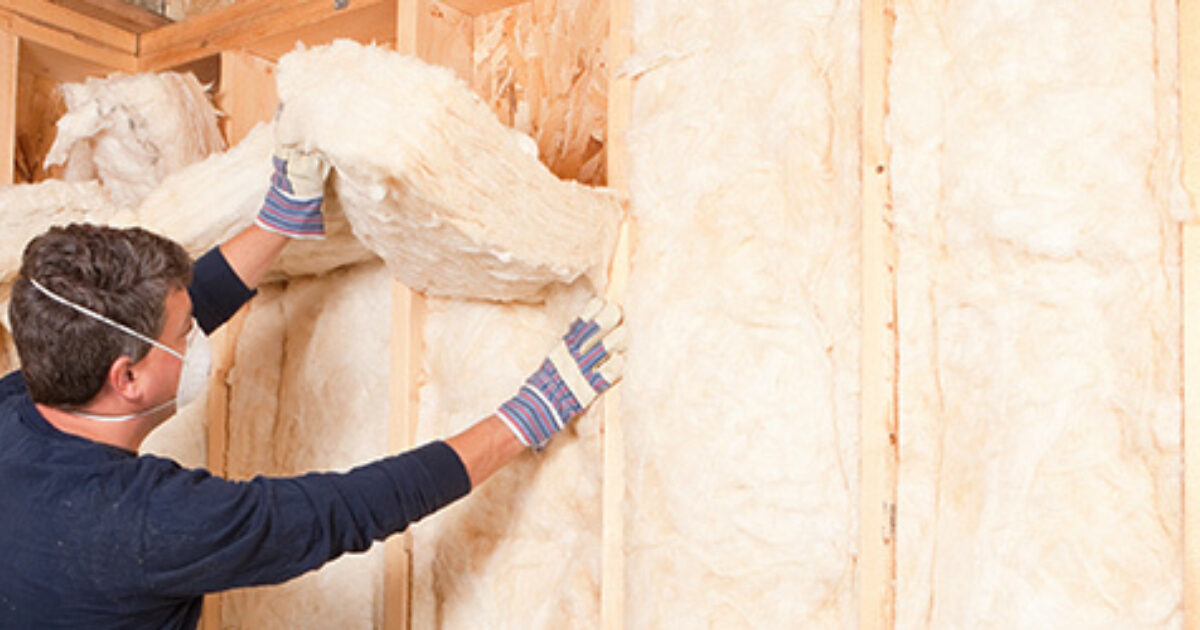There is a reason people harp on and on about Insulation Solutions For Homes. A properly insulated home retains heat during the cold winter months.
It restricts airflow, keeping warm air in, which does wonders for your heating bills. Furthermore, it can also keep hot air out, keeping you cooler once summer hits.
However, for decades homes used fiberglass. While it does keep your home insulated, it allegedly can cause various health issues, as well as being far from eco friendly. This article deals with some Insulation Solutions For Homes alternatives, some well-known, others relatively alternative. Dive in.
Icynene
Let’s start with one very specific insulation alternative. Icynene is spray foam that not only blocks potential drafts and leaks it also has fantastic noise cancelation properties.
Made out of castor oil, once sprayed, Icynene actually traps tiny air bubbles. Once the foam (which expands up to 100 times its volume) sets and dries, that air stays trapped indefinitely.
It’s incredibly powerful and will help you save a lot of money in the long term. Furthermore, the noise cancelation properties will definitely be appreciated by anyone who likes some peace and quiet.
The only issue is that its initial cost can be quite substantial. Still, it will most likely pay for itself in savings.
Polystyrene
Polystyrene is a pretty popular material when it comes to insulating your home. There are two types – EPS (expanded) and XEPS (extruded).
While more expensive, XEPS (styrofoam) is a better option. The more costly version has a better R-value compared to EPS. Simply put, it regulates temperature much more than its expanded variant.
What sets polystyrene apart is that it has a very smooth surface, usually cut or manufactured into blocks, allowing for easy installation.
A big drawback with polystyrene, however, is that it’s intensely flammable.
While it can be coated in fireproofing chemicals, you need to be wary. Some chemicals, like HBCSD, have been associated with certain health and environmental risks and issues.
Mineral Wool
Mineral wool needs to be mentioned, even though technically it’s more of a category. There is rock wool, insulation made from basalt. Then, glass wool is essentially fiberglass you get from recycled glass. Slag from steel mills is used for slag wool.
While these are pretty cheap, they are not fire-resistant at all (but they’re not combustible either). Most people combine mineral wool with other materials in order to circumvent their fire issues.
However, mineral wool is moisture resistant, so even when it’s wet, it still does its job. It’s also pretty strong on the sound dampening front.
Reflective Foil
Next up, we have reflective foil. Another fantastic type of insulation, it’s one of the best solutions not only in terms of keeping your cool but also when we take into account your health and the environment.
Here’s how it works. Quality reflective foil insulation reflects up to 95% of heat. Made out of aluminized polyester or aluminum foil, it reflects the heat coming towards it and doesn’t absorb or retain any of that heat on the other side of its paneling.
Furthermore, more work is also done by “dead airspace,” a thin layer of air separating the insulation from another surface.
Reflective foil is incredibly durable, stable, and lightweight while still resistant to moisture. It’s pretty easy to install, safe for the environment, and has neither toxic nor carcinogenic properties.
Aerogel
The major feature of aerogel is found in its name. Namely, this type of material is 90% air (which does most of the insulating work). It’s incredibly thin and incredibly light. It gives the same insulation level as most other insulating materials, at 30% of their thickness.
This material is very resistant to impacts, water, and vibrations. Furthermore, it has strong water-repelling properties, giving it fantastic durability.
However, the material, and its installation, are pretty expensive. It’s very rigid and brittle, so it does require some other supporting materials. It can also be very expensive.
Cellulose
Finally, we have cellulose. Made from recycled paper and cardboard, it’s probably the most eco-friendly option on this list, with very solid insulation properties.
While it’s sold pretty loosely, once installed, it’s very compact, which (even though it’s made from paper) makes it very resistant to fire. Thanks to its density, there is very little oxygen within it, thus not allowing a fire to fully break out.
Unfortunately, it does have some drawbacks. Cellulose is a nightmare for people who are allergic to newspaper dust. And while the material is pretty cheap, installation can be expensive because not that many people know how to install it properly.
Conclusion
And there you have it, folks, a quick and easy guide on potential This article deals with some Insulation Solutions For Homes alternatives, some well-known, others relatively alternative. Dive in. for your home.
Consider your options, pick the type that best matches your needs and wants, and you should be fine.

